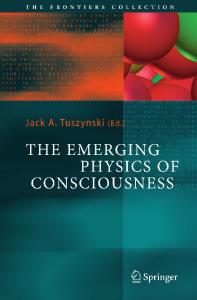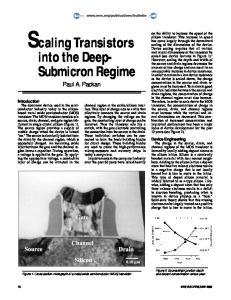The Physics of Submicron Lithography
This book is devoted to the physics of electron-beam, ion-beam, optical, and x-ray lithography. The need for this book results from the following considerations. The astonishing achievements in microelectronics are in large part connected with successfull
- PDF / 11,122,067 Bytes
- 120 Pages / 504.562 x 719.995 pts Page_size
- 66 Downloads / 362 Views
3-1. THE FUNDAMENTAL PROCESSES IN ION LITHOGRAPHY Ion beams are used for very diverse purposes in electronics and can be divided into three categories: 1) micromiIIing by removing material, 2) controlling changes in the properties of a material by doping, and 3) analyzing the structure and composition of materials. Figure 3-1 shows the physical processes that occur when an ion beam E < 1 MeV interacts with a solid target and how they are used in electronic technology and diagnostics. The parameters of the beams used in technology and diagnostics work are shown in Table 3-1, and the energy and dose ranges of the ion beams are shown pictorially in Fig. 3-2.(2) Thus, the physical theory presented in this chapter may be thought of as the theoretical foundation for not only ion-beam lithography, but for ion-beam technology and diagnostics as well. As can be seen, the energies of the beams used in electronics range from a few keV to 100 MeV and the doses are 109 _10 19 ions/cm2 • A surface is machined by sputtering the material with low-energy ions. A controlled change in a material's properties is accomplished by implanting fixed amounts of impurities in the material. Familiar examples of changing the properties of a semiconductor material are the creation of "buried layers," isolating transistor regions in an integrated circuit, and altering the charge in the Si02 oxide of a Si02-Si structure in order to change the threshold voltage of a field-effect transistor, etc. Interest in ion beams as tools for microlithography is comparatively recent, and the number of experiments and amount of work done in ion-beam lithography is still quite small.(3,4) The physical processes that are the basis of ion-beam lithography, however, have been developed to a significant level both theoretically and experimentally. This is because wide ion beams have been used for a long time in electronics to implant impurities. A great deal of research in ion implantation has been done and the results obtained make it possible for us to evaluate the capabilities of ion-beam lithography and understand the physical processes that are the basis of this method. In tum, ion implantation has come about because of research in nuclear physics that advances our understanding of how high-energy atomic and ionic beams interact with matter. Therefore, ion-beam lithography is based on widespread physical experimentation and extensively developed 181
K. A. Valiev, The Physics of Submicron Lithography © Plenum Press, New York 1992
182
3. TIlE PHYSICS OF ION·BEAM LITIIOGRAPHY A
B
Ion beam
Technology
Diagnostics
I
2
2 3 4
Target
FIGURE 3-1. Ion beams in technology and diagnostics. A) Technology: 1) spunering a target for micromilling or for depositing spunered atoms onto substrates; 2) aligning a panem on a target and mask by secondary electrons; 3) depositing beam ions on targets; 4) implanting active dopants into solid targets; 5) lirhography on inorganic films; 6) lirhography on organic films; 7)·mixing rhe materials in multilayer devices. B) Diagno
Data Loading...











